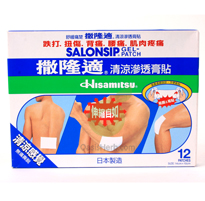 Lactulose and Polyethylene Glycol (PEG) are both commonly used osmotic laxatives that have been shown to be effective and safe in treating chronic constipation. However, there is no data indicating which osmotic laxative is better.
Lactulose and Polyethylene Glycol (PEG) are both commonly used osmotic laxatives that have been shown to be effective and safe in treating chronic constipation. However, there is no data indicating which osmotic laxative is better.
A new review reported in July 7 issue of the Cochrane Database of Systematic Reviews, however, suggested that polyethylene glycol (PEG) may be better than lactulose for the treatment of chronic constipation.
To compare the efficacy of lactulose and PEG at relieving chronic constipation and fecal impaction, the reviewers reviewed all the articles published in medical database (MEDLINE, EMBASE, and CINAHL databases and the Cochrane Central Register of Controlled Trials).
Based on 10 clinical trials, the meta-analysis showed that PEG was better than lactulose in stool frequency per week, form of stool, abdominal pain relief, and use of additional products.
Subgroup analysis also showed that PEG was better than lactulose in both adults and children in all outcomes, with the exception of abdominal pain relief. PEG was better than lactulose for relief of abdominal pain in children, but both laxatives were similar for relief of abdominal pain in adults.
The author concluded that PEG should be used in the treatment of chronic constipation.
Source: Published in Cochrane Syst Rev. July 7, 2010.
Please visit us at healthreason.com for more health related articles.






4 Responses to Polyethylene Glycol (Carbowax) Preferred to Lactulose for Chronic Constipation